From cloudy mountains to lowland forest on the coast, this tour offers colorful birds and endemic rarities in a major biodiversity hotspot.
Availability: Year round
Gateway City: São Paulo (GRU airport) or Rio de Janeiro)
Duration: 4 to 14 days
Group size: Max 8 people
Departures: Daily
What to expect: good food and accommodation, easy to steep terrain, moderate walks, warm to cool climate
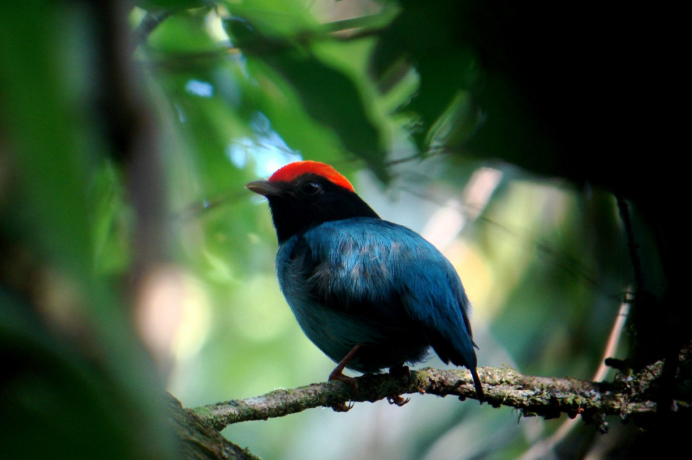
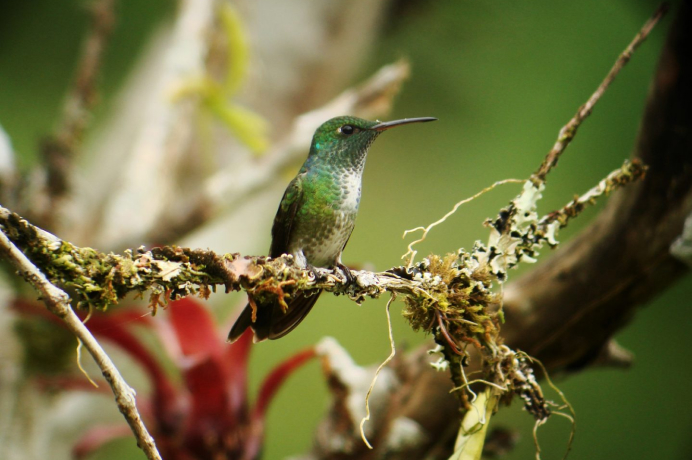
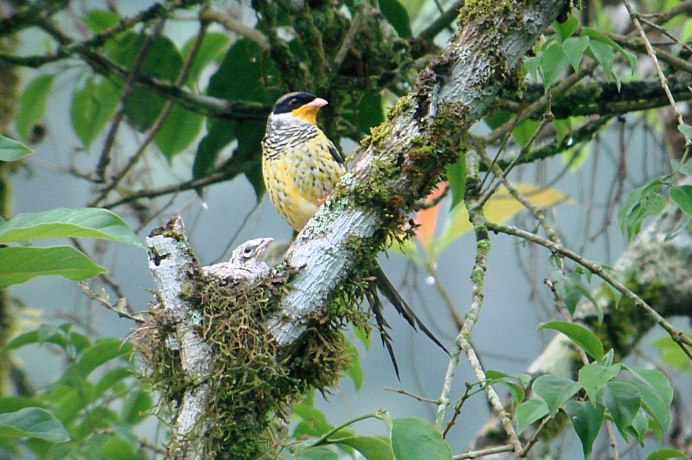
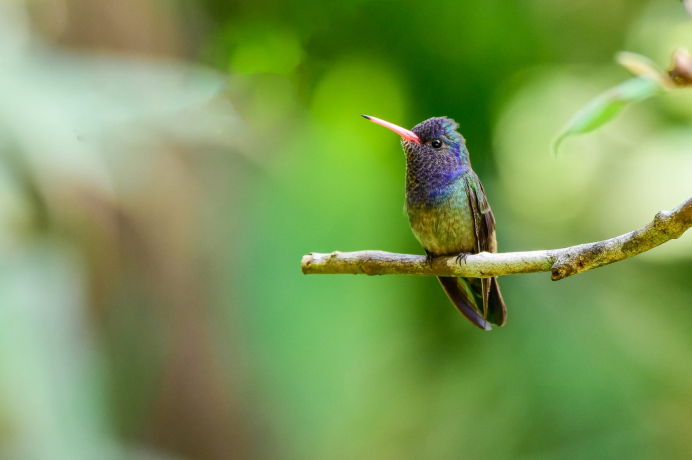
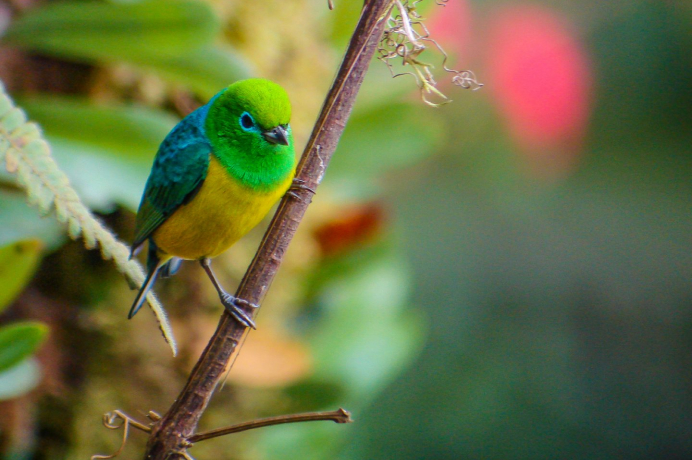
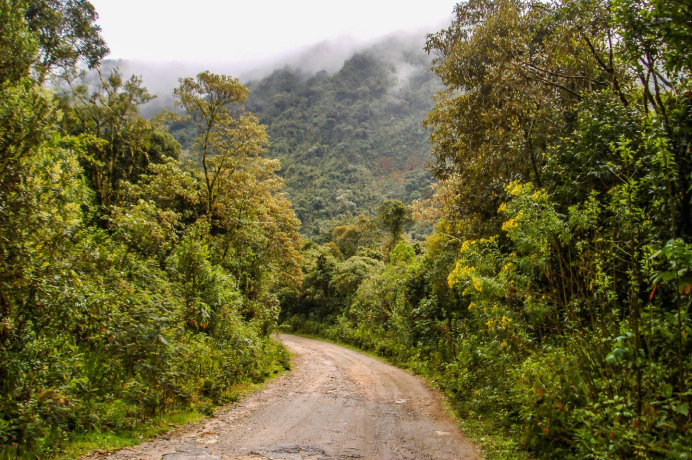
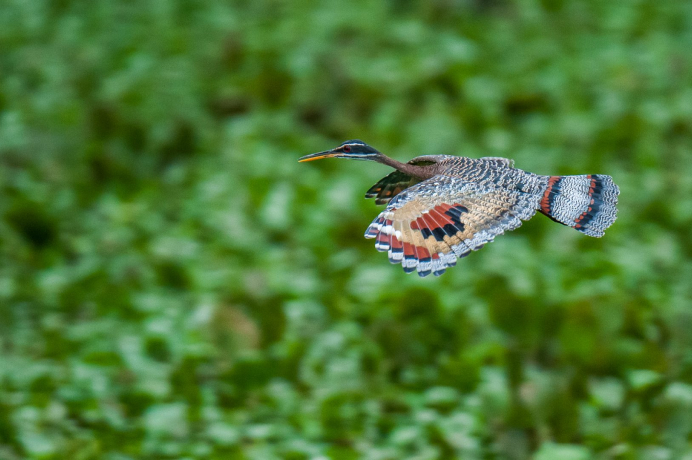
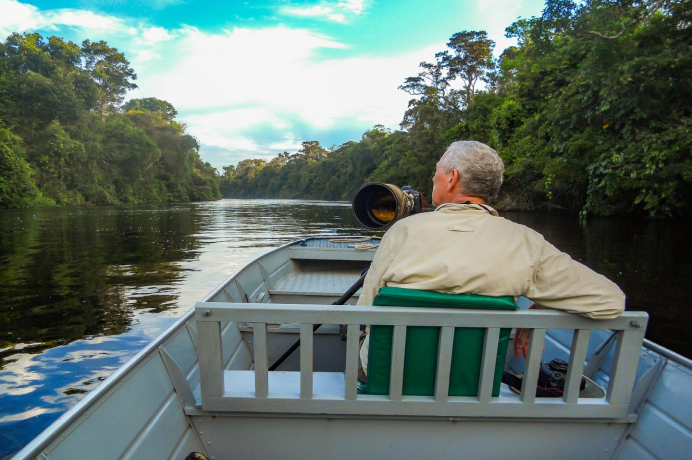
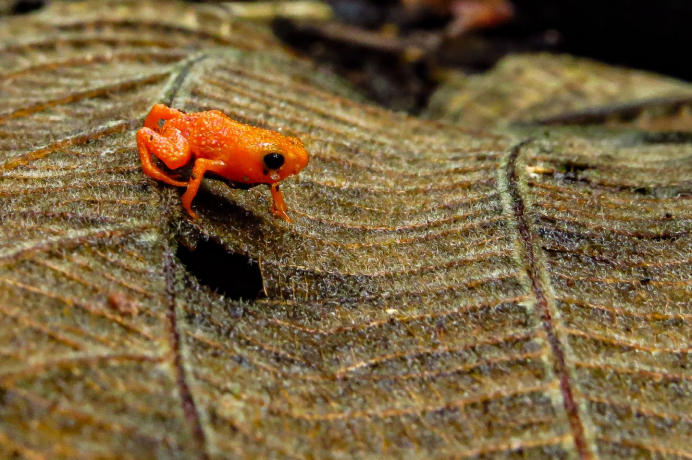
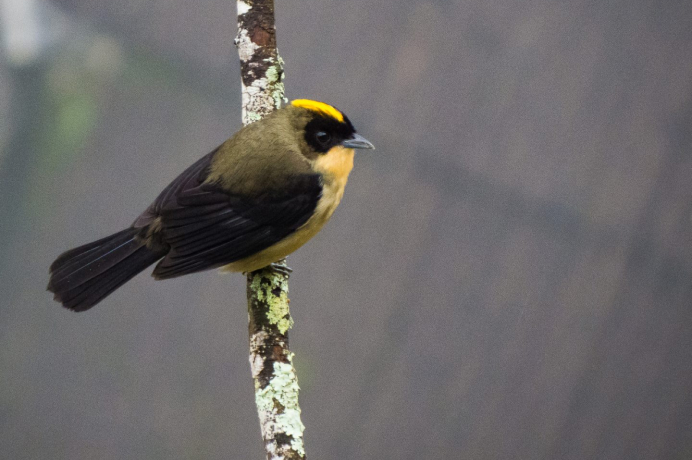
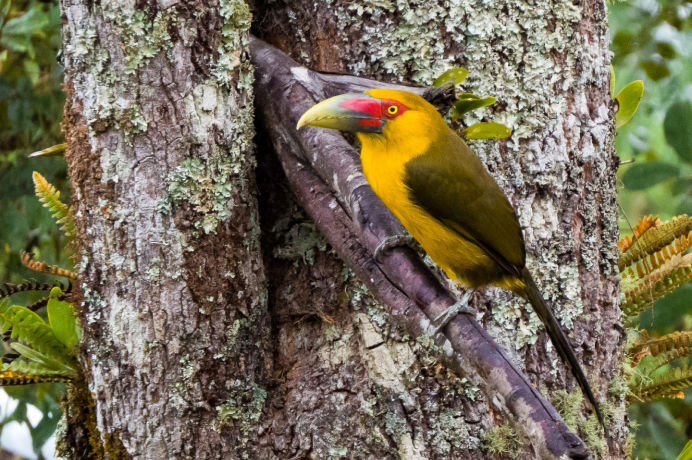
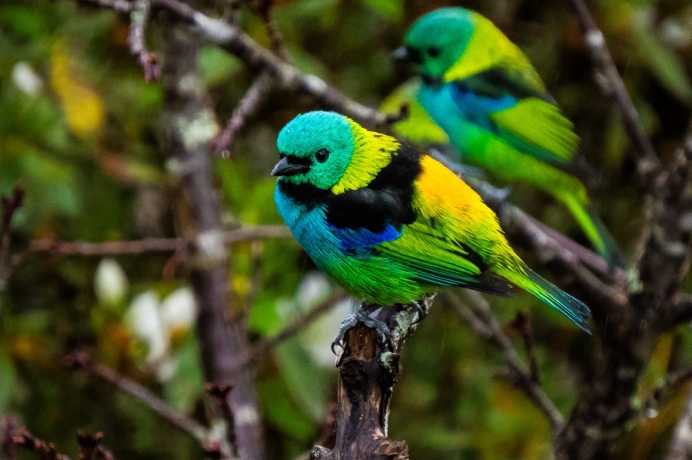
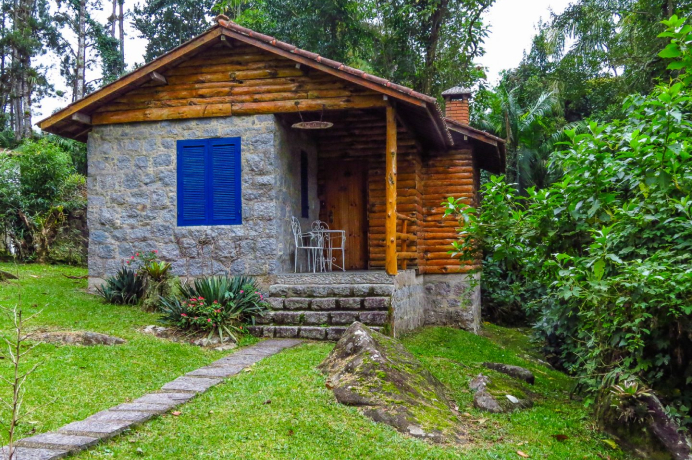
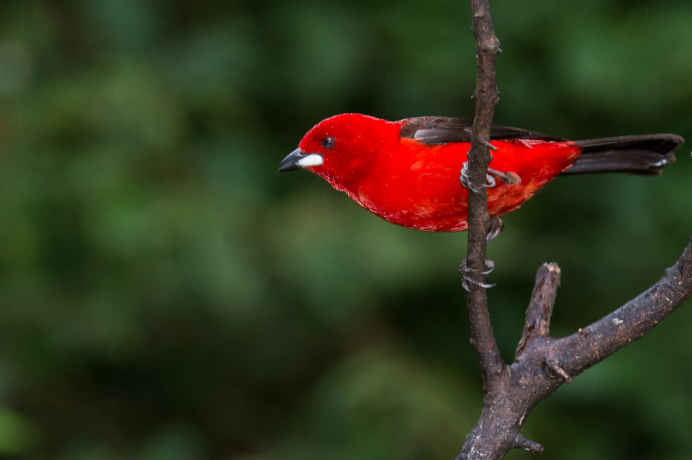
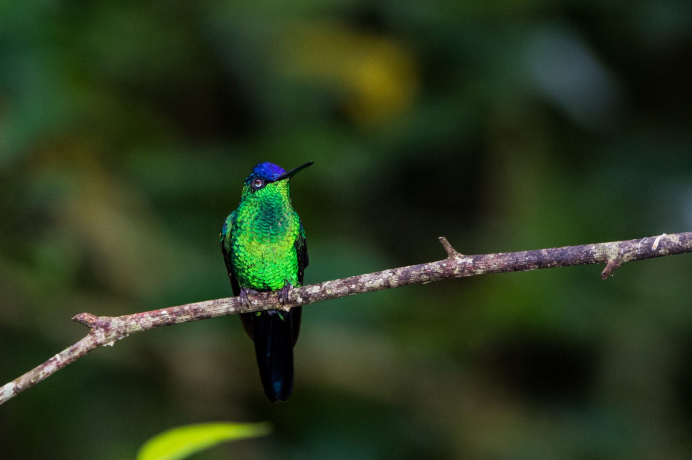
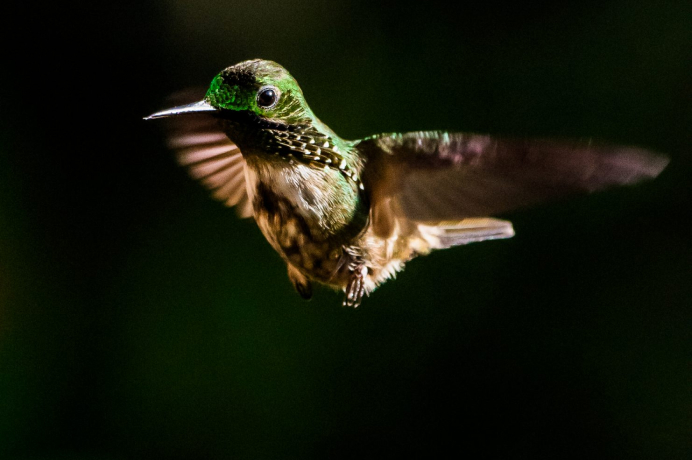
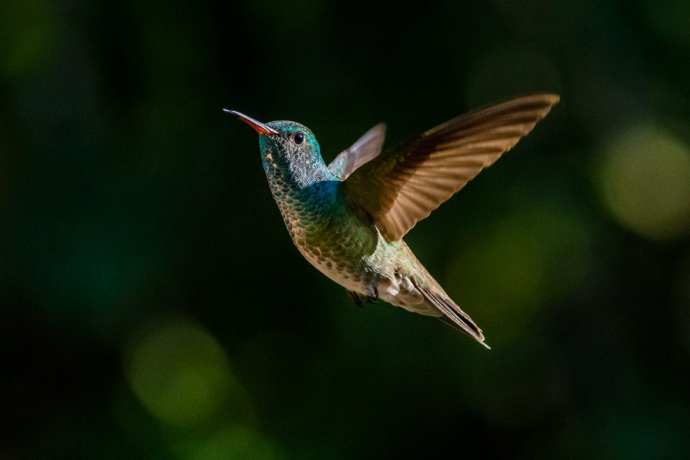
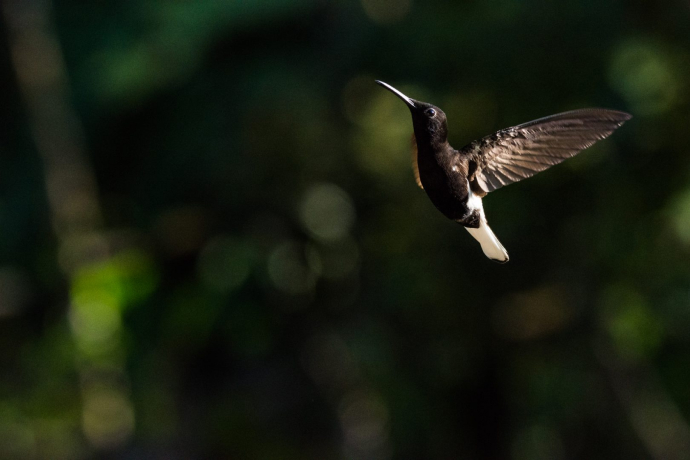
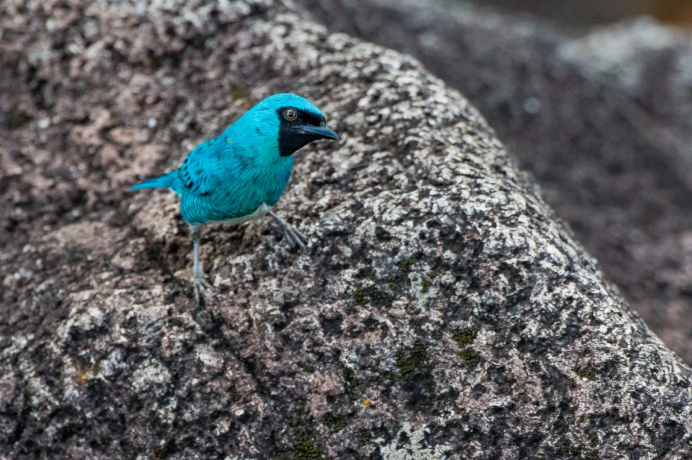
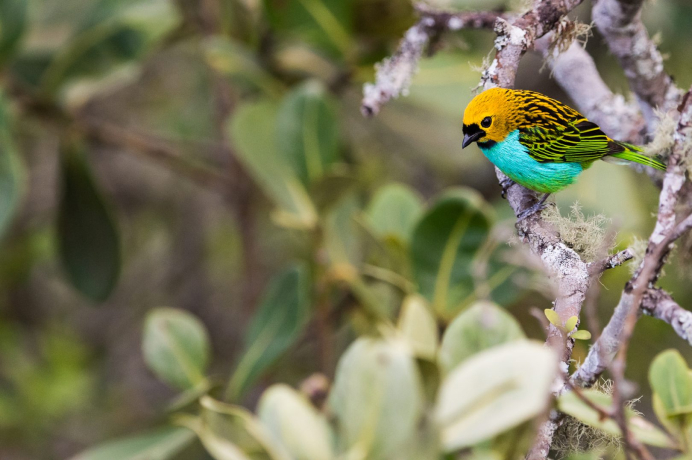
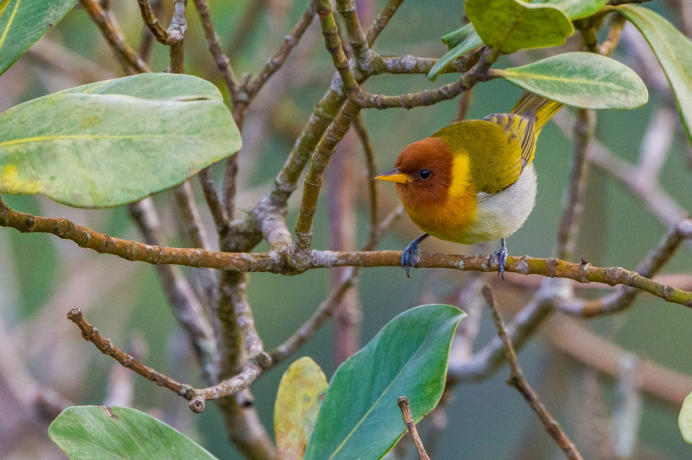
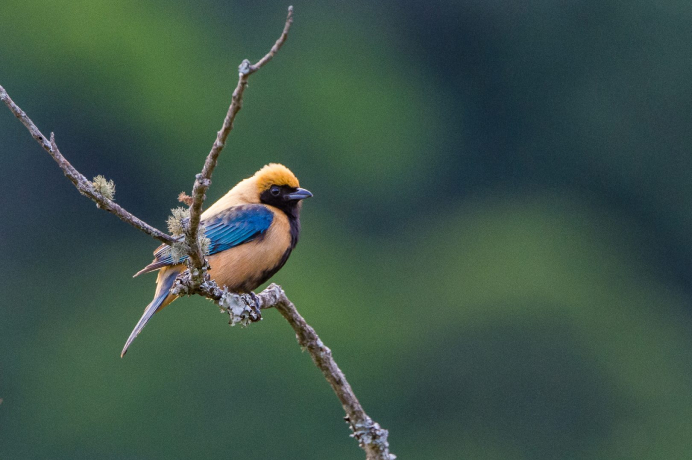
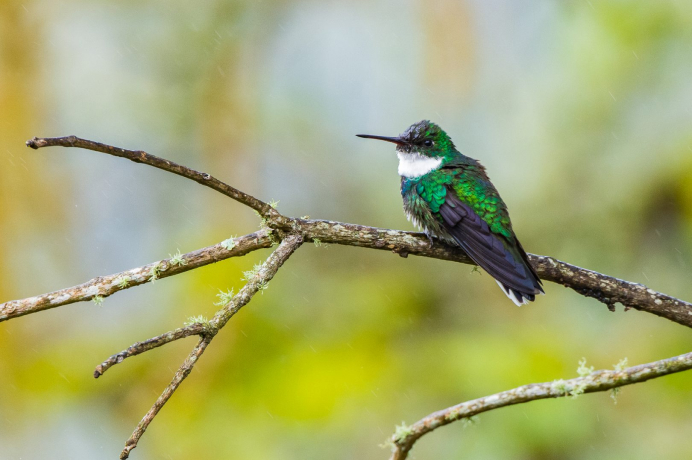
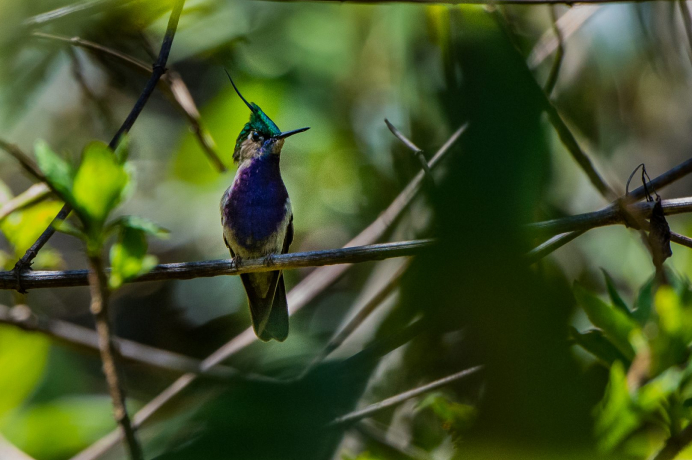
Overview Birding in Southern Brazil – Atlantic Rainforest
“colorful birds, endemic rarities and breathtaking landscapes”
Located in the heart of a vast mountain range, Itatiaia National Park is the first Brazilian national park and one of the most famous birding spots in the Brazilian Atlantic Rain Forest. Once we get in the Park, we will drive up the mountain towards our hotel, making a few stops for some special birds. During this drive we might see some colorful jewels such as Green-headed, Gilt-edged and Burnished-buff Tanager.
The park is also home for Spot-winged Wood-Quail, Red-breasted Toucan, Giant Antshrike, White-bearded Antshrike, Black-legged Dacnis, Squamate Antbird, Buffy-fronted Seedeater and Temminck’s Seedeaters and myriads of Antbirds, Woodcreepers, Foliage-gleaners, Flycatchers and Tyranulets, that we might see as we walk the trails or roads close to the lodge.
Down to the coast, Ubatuba is one of the most beautiful coastal areas in Brazil, where the remaining Atlantic Rain Forest blankets the land from the mountain-tops down to sea level. Here we can get up to ten species of hummingbirds, including Saw-billed Hermit, Festive Coquete, White-chinned Safire and Swallow-tailed Hummingbird. Green-headed Tanager, Green Honeycreeper, Violaceous Euphonia and Brazilian Tanager regularly come to the feeders. Walking the trails in the region will give us opportunities for Black-cheeked Gnateater, Scaled Antbird, Rufous-capped Antthrush, Channel-billed Toucan, Fork-tailed Tody-flycatcher, Red-necked Tanager, Spotted Bamboowren, Long-billed Wren, Spot-breasted Antvireo, Slaty Bristlefront, Blond-crested Woodpecker and White-tailed Trogon.
Highlights: Dozens of endemics, Tanagers, Hummingbirds, Antpittas, great food and accommodation, easy access.
This tour is easily combined with other birding sites and sightseeing trips in Rio de Janeiro, Iguassu Falls, etc.
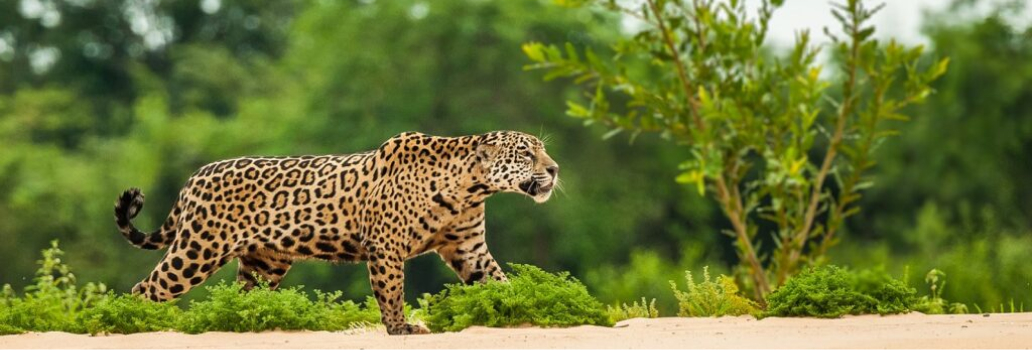
The largest wetland in the World, the Pantanal is one of the last major untouched nature reserves on the face of the earth.
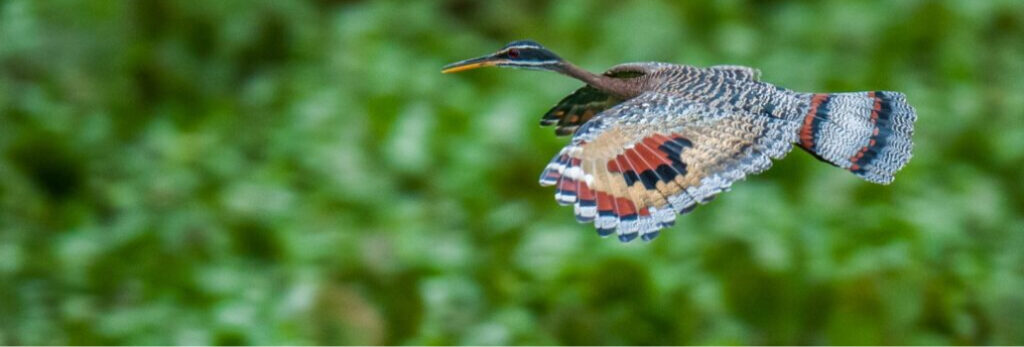
The largest wetland in the World, the Pantanal is one of the last major untouched nature reserves on the face of the earth. The wildlife is amazingly abundant here, and its seasonally flooded plains attract immense quantities of birds and caimans, and is also one of the most mammal rich areas of South America.
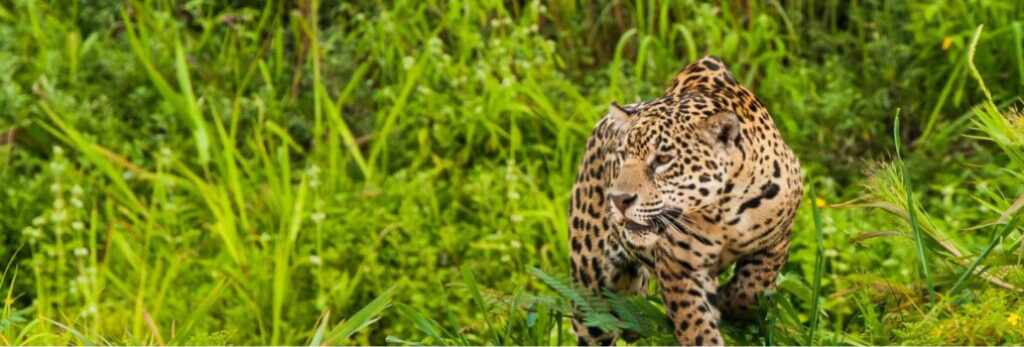
A birding trip that combines the abundant and diverse avifauna of the Pantanal with rare and range-restricted Cerrado species at Chapada dos Guimarães National Park.
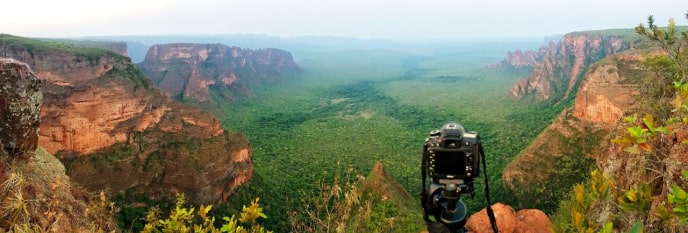
Chapada dos Guimarães National Park sits atop the Brazilian Central Plateau, on a very scenic area comprising cerrado scrubland bordered by huge sandstone cliffs and lush gallery forest.
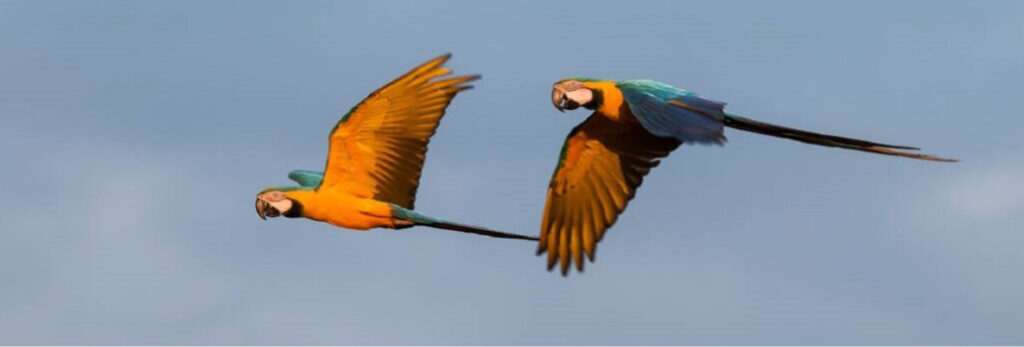
Emas National Park is one of the largest protected areas of campo-cerrado habitat, which comprises a vast mosaic of open savannas and scrublands.
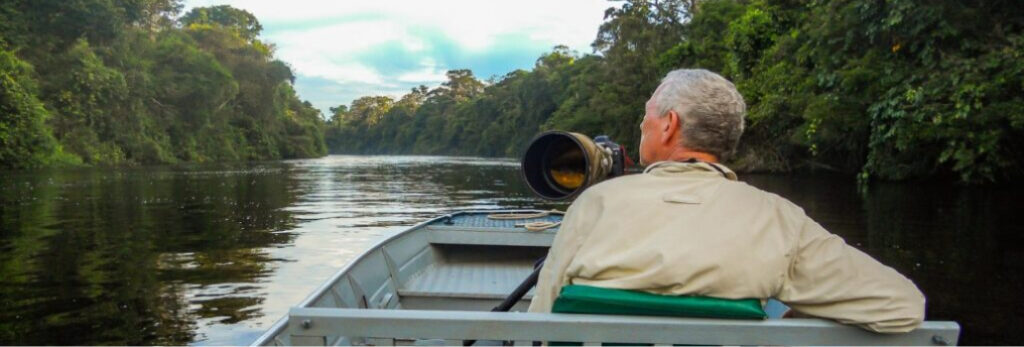
The Cristalino Jungle Lodge is an avian paradise that has everything that makes Neotropical rainforest birding exciting: mixed-species flocks moving fast through the canopy and understory.
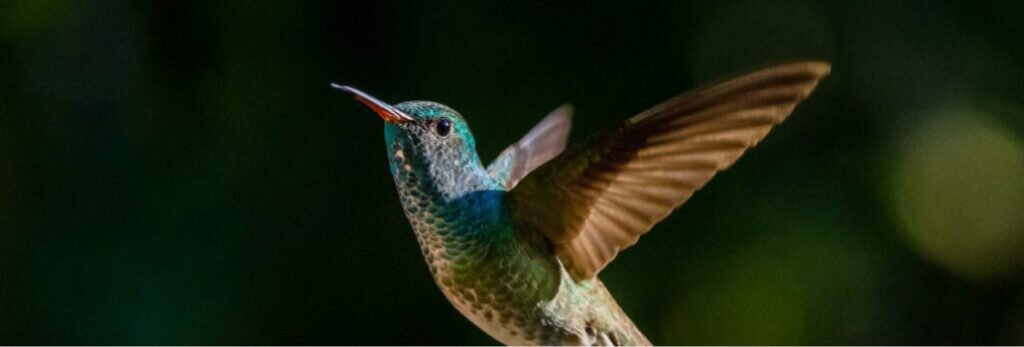
Located in the heart of a vast mountain range, Itatiaia National Park is the first Brazilian national park and one of the most famous birding spots in the Brazilian Atlantic Rain Forest.
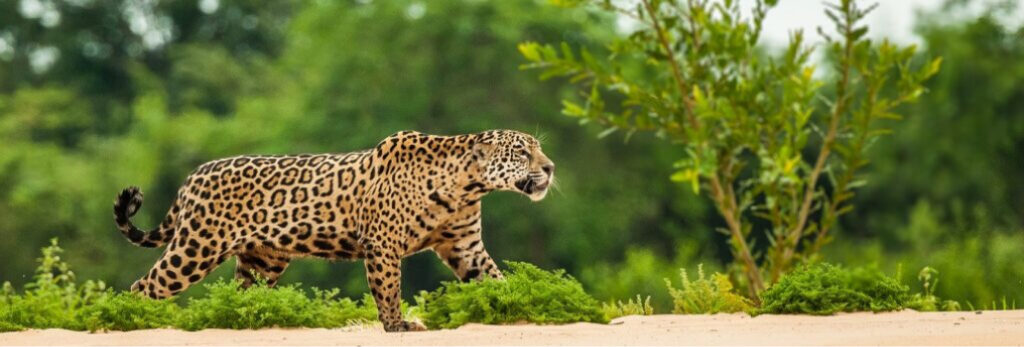
The largest wetland in the World, the Pantanal is one of the last major untouched nature reserves on the face of the earth, and a land of superlatives.
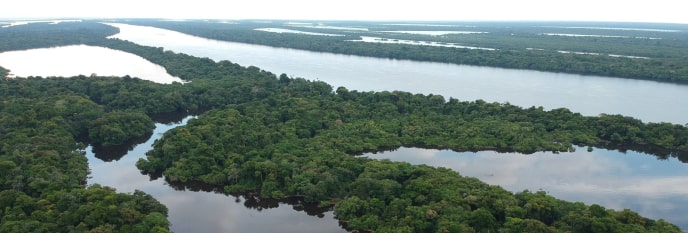
There is nothing like the Amazon on planet earth. It is the largest tract of continuous forest on the planet, covering nearly half of Brazil and a good portion of adjacent countries. This exclusive river cruise offers great photo opportunities and an unparalleled experience.
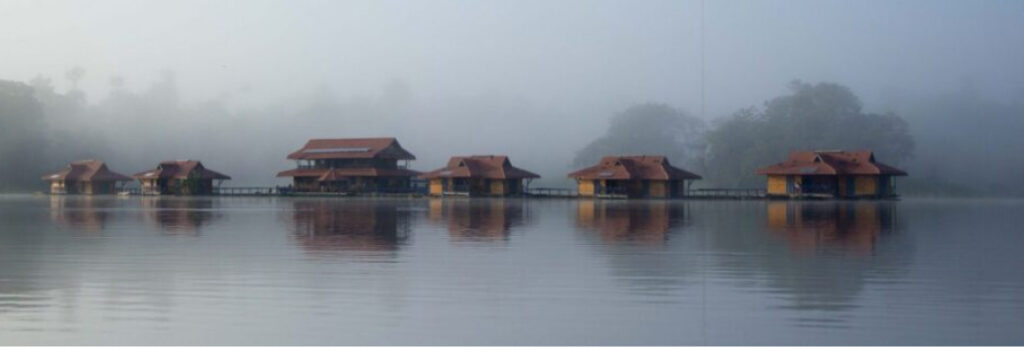
Few places on Earth still hold the magic aura found at Mamirauá Reserve. Brazil’s first “Sustainable Development Reserve”, Mamirauá is a huge reserve along the upper Amazon (Solimões) river.
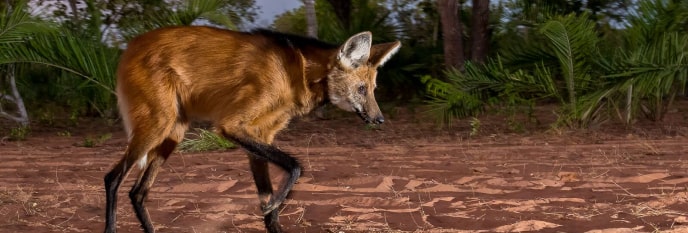
This expedition takes place at the Parnaiba Headwaters National Park, a region of a particular scenic beauty where the vegetation is comprised by Cerrado scrublands and gallery forest.
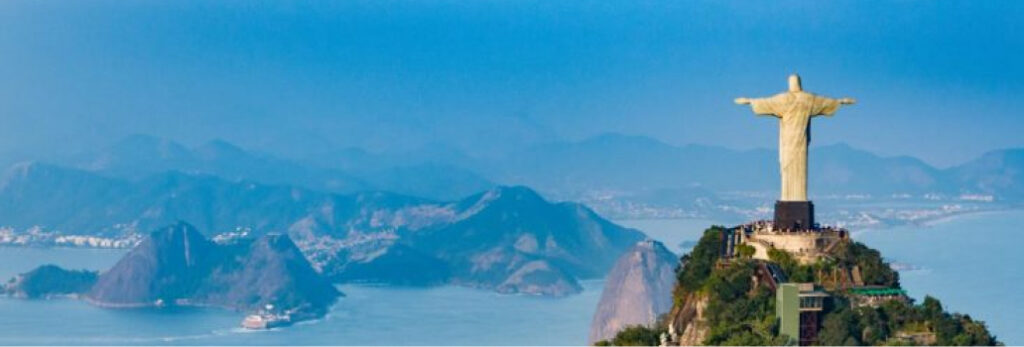
There is no other city in the world such as Rio de Janeiro. Despite being the second largest city in Brazil, Rio has a nice and relaxed atmosphere, which is perhaps the reason it is famous as the Wonderful City.
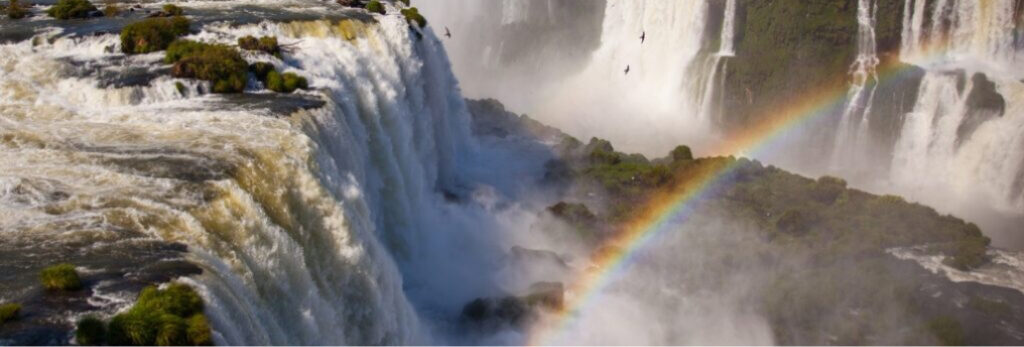
Iguaçu Falls can be described as the largest waterfall system in the World. But this is a very simplistic explanation. These falls are way beyond that, and way beyond what words can describe.


